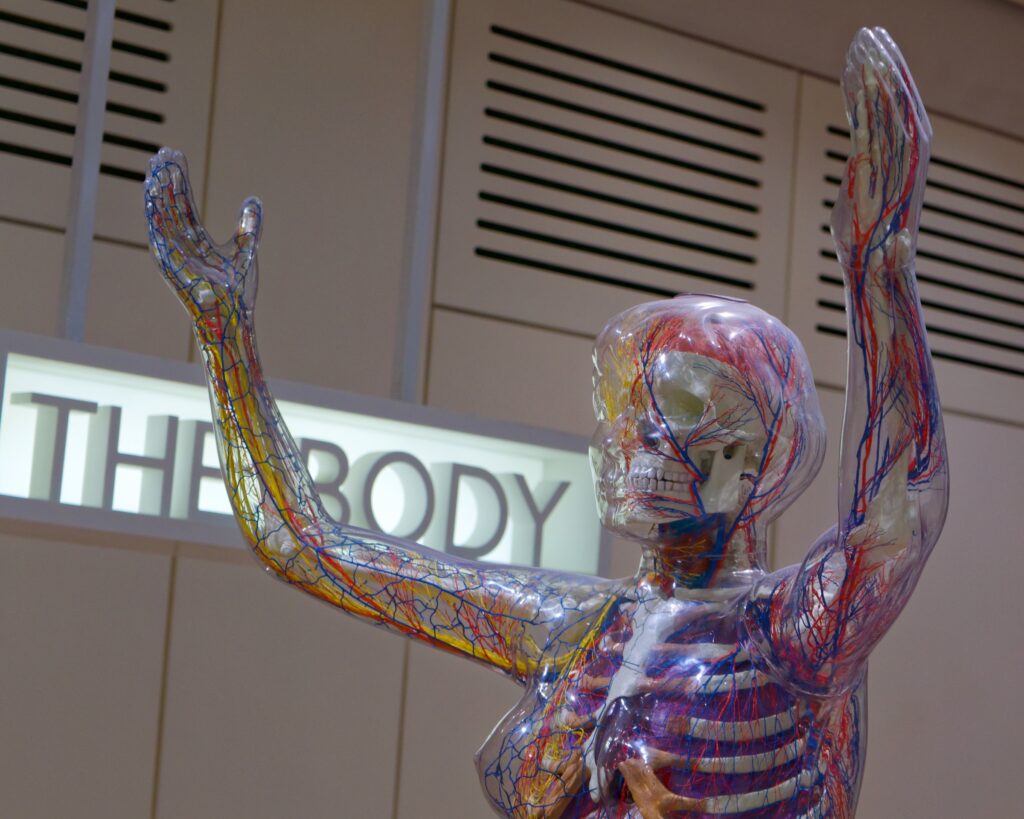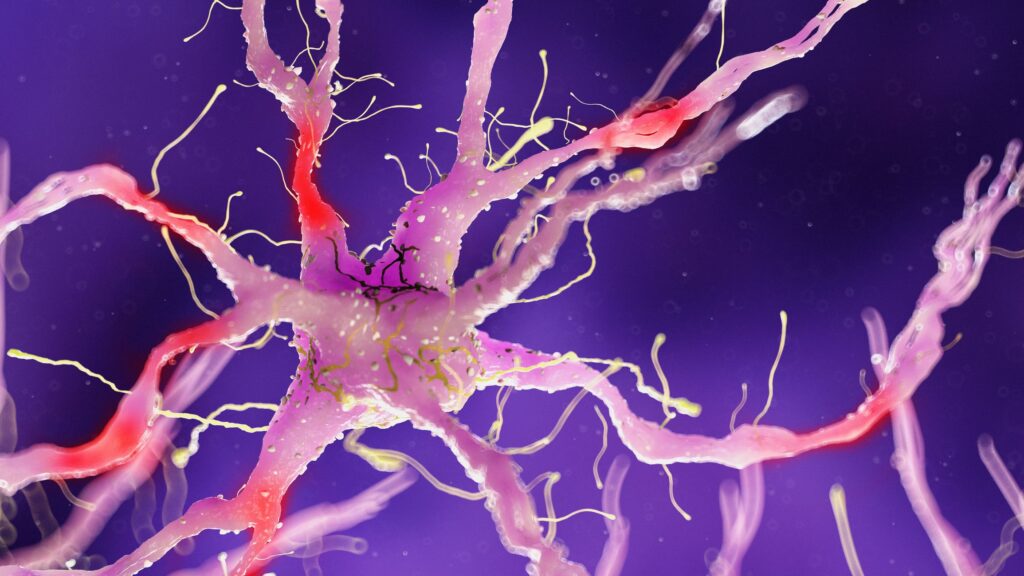We are all well familiar with the benefits of running. One morning jog per day and can have several long-lasting benefits for your body. However, doing anything excessively can have adverse effects and that includes running as well.
That aside, we heavily recommend not to run or exercise excessively. Recent studies have found out that running too much can actually prove harmful for your body instead of healthy. Running, like all other exercises, is always good in moderation; going beyond your physical limits even when your entire body is aching can cause severe damage, especially to your nerves. Nerve damage should not be taken lightly at all because once your nerves are damaged permanently, they can take a year to grow back to their original health.
In this article, we’ll tell you how running too much can cause nerve pain and damage, how you can identify it, and how you can cure it.
Table of Contents
How can running too much cause nerve pain and damage?

Various studies have found that all people who run have a significantly higher living rate than people who don’t run.
However, they also observed that if you run too much or too fast every day, going well above a certain threshold without taking breaks from time to time, you not only forfeit all the health benefits you gained but also invite yourself to bodily harm in the form of oxidative stress.
Oxidative stress occurs when your body runs out of antioxidants to deal with radicals that are generated in your arteries (and thus, also in your heart) which can build up harmful materials like plaque in your heart (known as coronary plaque) putting you at an increased risk of heart diseases while damaging your cells as well as your nerves. There are also many other factors that can lead to nerve damage such as improper running, sprinting extensively and non-stop without break, and direct trauma from hitting an object or tripping over on your way.
Running too much can cause extensive nerve damage which can then only be fixed by products like Nuerazenx™. Neurazenx™ is a nutraceutical solution that provides nerve support. Click here to find out more about this product.
How to identify nerve damage

Running too much can invite other pains as well, which aren’t necessarily always nerve pains. These include muscle straining, tendon strains, and fractures from falling or jumping. While these are generally fixed by injections and rest, permanent nerve damage cannot. Once your nerves are destroyed, there is no magical way to fix them or grow them up quickly again.
With all that being said, there are few symptoms that can distinctively point out you have nerve damage, These are –
- A sensation of needles running through your legs or feet, feeling your affected part burn spontaneously, and a sense of tingling that you can’t stop.
- A body part from your lower body, like your foot, starts feeling numb and unresponsive. No matter what you do, even hitting it as hard as you want (used just as a figurative expression and not an actual step), can make your foot feel any sensation of pain or movement.
- One or several muscles having spasms or contractions simultaneously can be one sure way of identifying that you might have nerve damage.
- After an extensive run, you rest but your body still doesn’t stop aching even after resting for a long period of time.
- If you can’t find the exact location of your pain, like you are feeling it in your leg but you can’t pinpoint exactly where, then that is another indication that you may have some sort of nerve damage.
How to avoid nerve pain and damage from running?

Obviously, the first step is to ensure that you don’t run too excessively beyond your physical limits. Don’t run every day without any breaks in between. Run 5 or 6 days of the week, and call the 7th day your rest day to get appropriate rest for your body. Also, don’t run too fast. Run at an average speed of 5-6 miles per hour, nothing more. If you fall while running, don’t run anymore. While your nerves are well capable of handling pressure, once they reach their threshold they become sensitive, and then even the simplest activity can damage them.
It’s also essential that you wear proper clothing that doesn’t block your blood flow, wear the right size of shows (you’d be surprised how many runners ignore this and get health problems later), and keep drinking water regularly on your run. It’s also a good idea to run short distances while taking breaks in between each of them so that you give your body some time to relax. Most importantly, if you feel any of the symptoms stated above regularly then visit a doctor as soon as you can.
How to curb nerve pain and fix the nerve damage?

If you experience nerve pain and it’s not your first time experiencing it, we heavily recommend going to a doctor as soon as possible to avoid any further complications and damage. However, if the pain is only targeting a specific area that you can identify then you can fix it yourself by applying an ice pack or extremely cold water.
If the pain is spread throughout apart on a larger scale, then you should consider taking some anti-heat action pills or anti-inflammatory gel. Often these are the only steps you need to take to soothe your nerves and let them relax.
However, if none of the above steps work and the pain is still persistent, then going to a doctor to get a consultation is the wisest approach to avoid permanent nerve damage.
Conclusion
Running is amazing and a sure way of staying healthy if done in moderation. However excessive running puts strain on your nerves and causes nerve damage, which if not remedied immediately can have serious repercussions. We hope this article helped, and if it did, please consider following our website for regular updates as it will help us out immensely.

Leave a Reply